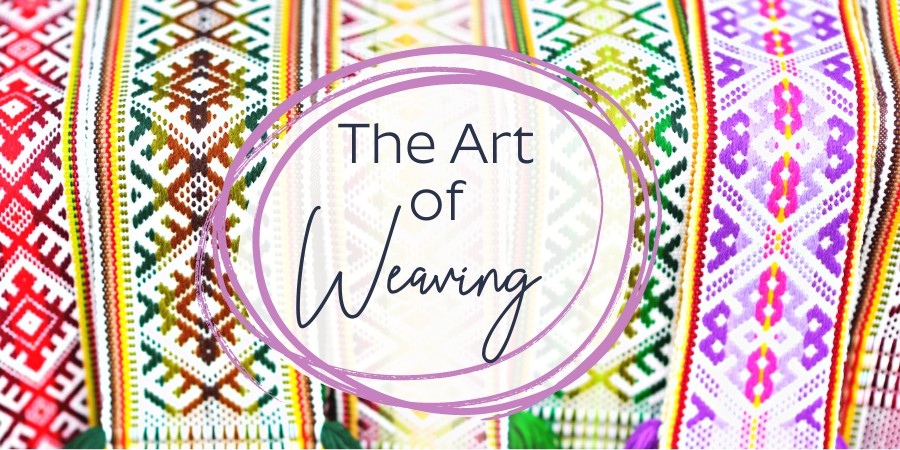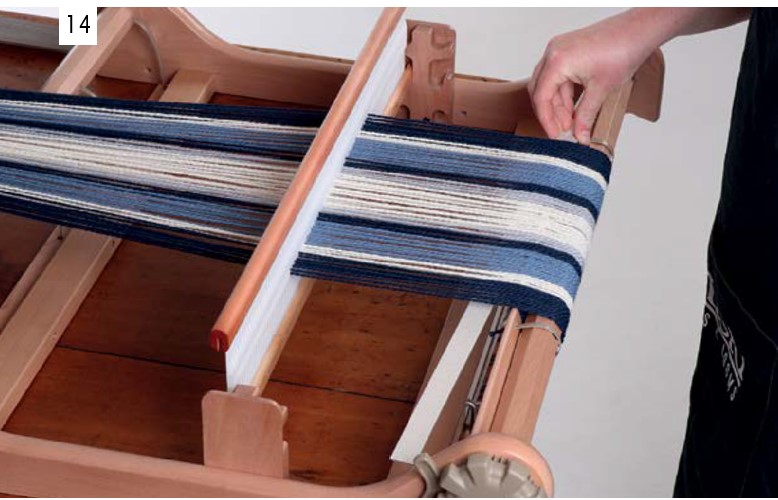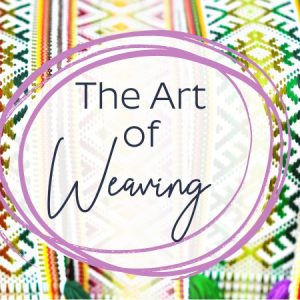Unleashing Your Creativity with a Weaving Loom
Discover the ancient art of weaving and unleash your creativity with an Ashford weaving loom. With its rich history dating back centuries, weaving is more than just a craft – it is a meditative practice that allows you to express your artistic flair and create stunning textiles.
Whether you’re a beginner looking to explore a new hobby or an experienced weaver wanting to take your skills to the next level, a weaving loom is an essential tool in your creative journey.
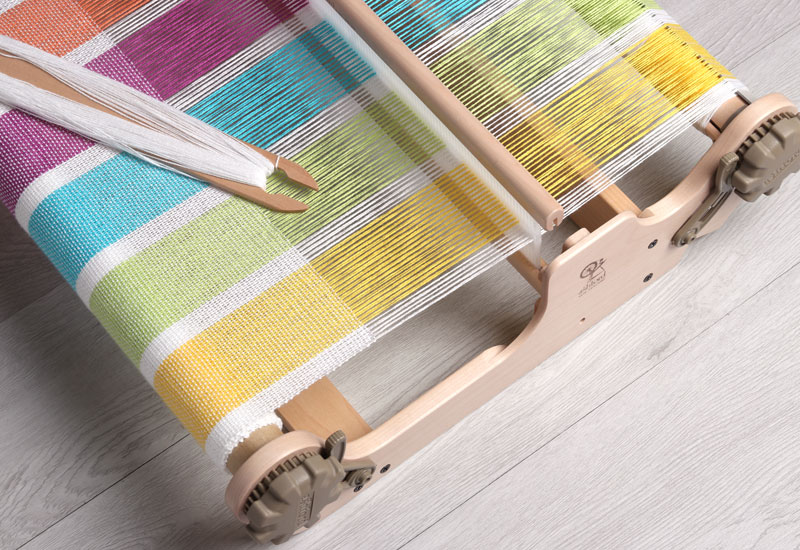
As you weave the threads together, you’ll find yourself immersed in the rhythmic process, feeling a sense of calm and accomplishment with every row. The possibilities are endless as you experiment with different colours, patterns, and textures, letting your imagination flow freely. From intricate tapestries to cozy blankets and fashionable accessories, your weaving loom will enable you to bring your designs to life.
The Benefits of weaving
Weaving can also be an amazingly creative outlet. One of the biggest benefits is its relaxing nature. It allows you to slow down and disconnect from the hustle and bustle of daily life. Letting you immerse yourself in a meditative state, reducing stress and promoting mental well-being. Its also a wonderful way to meet new people. By joining a local weaving group, you can make new friends and share more tips and advice.
Moreover, weaving fosters a sense of accomplishment. Completing a woven piece, whether it’s a small tapestry or a item of clothing like a scarf, shawl or placemat. It gives you a tangible sense of achievement. Plus, you can proudly showcase your creations, and even turn into a potential source of income.
So, if you’re looking for a creative and therapeutic hobby, consider taking up weaving with one of Ashfords fantastic weaving looms. It’s a wonderful way to unwind, explore your creativity, and enjoy the satisfaction of crafting beautiful, handwoven pieces.
History and evolution of weaving
Weaving has a fascinating history and evolution. It is believed Indigenous Australians were some of the first weavers, however there is also quite a lot of examples of weaving throughout the world. Indigenous Australians used fibres from native plants to create intricate designs in their baskets and fishing nets.
Weaving techniques were also widely used in ancient times worldwide. In ancient Egypt, they wove fine linens, and Greeks got creative with patterns. The Silk Road connected cultures, bringing silk weaving to Europe.
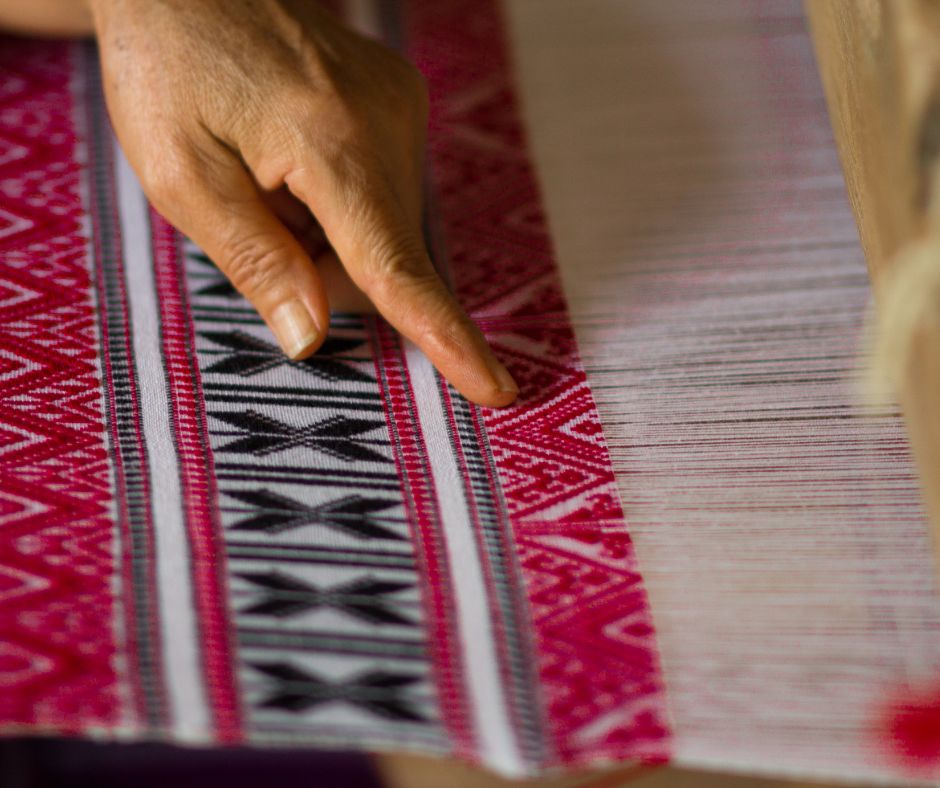
During the Industrial Revolution, machines joined the weaving party, making mass production a breeze. But as we all know, hand weaving never went out of style.
In the 20th century, many artists revolutionised weaving as a form of modern art. Today, weaving has evolved into a vibrant, diverse craft. We’ve got looms for all tastes, from traditional hand weaving frames to the more mechanical floor looms
So, when you weave, you’re not just crafting; you’re tapping into a rich history that spans cultures and centuries. It’s a true Aussie yarn worth exploring.
Types of weaving looms
When it comes to weaving, there are a different types of looms you might want to take a look at.
First off, there’s the classic hand loom. These beauties come in various sizes and are perfect for beginners. They’re simple, easy to use, and give you full control over your weaving.
Next, you have table looms. These are a bit bigger and offer more weaving options. They’re great if you’re looking to tackle more complex projects and experiment with different patterns.
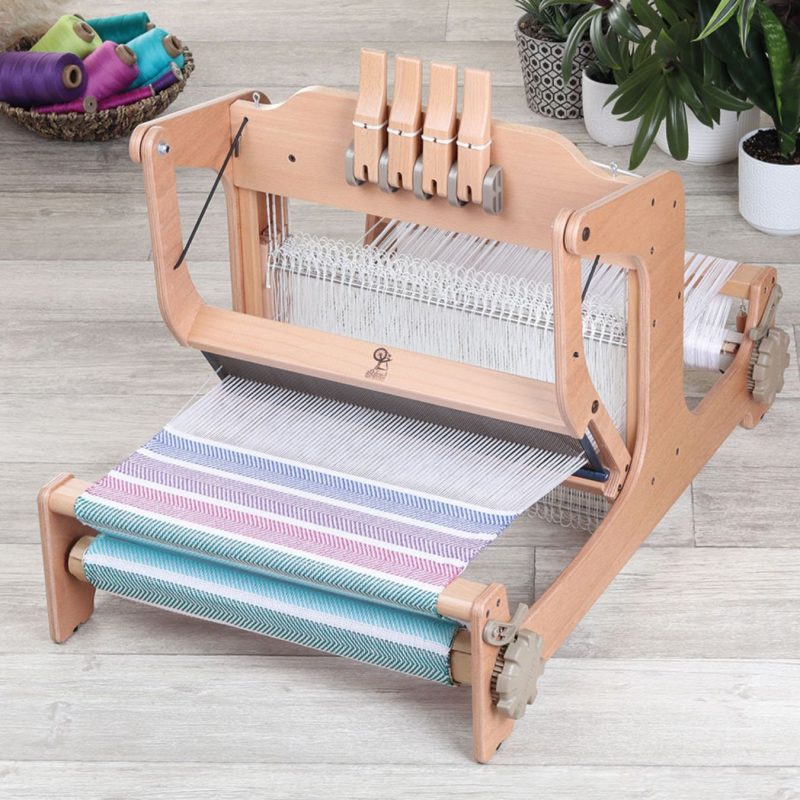
Then there’s the floor loom, the ultimate choice for serious weavers. These substantial looms are sturdy and can handle large-scale projects with ease. They’ve got all the bells and whistles for intricate designs.
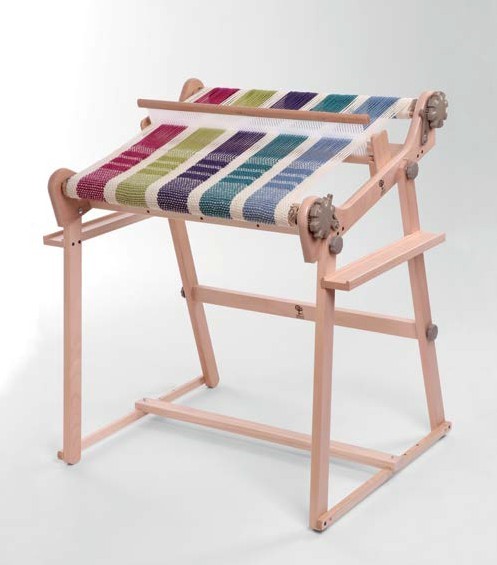
If you’re after something portable, the rigid heddle loom is your go-to. It’s compact and great for weaving on the go. Ashford have a couple of different types of rigid heddle looms. From the easy to learn Sampleit Loom, the standard Rigid Heddle and the foldable knitters loom.
And if you’re a tech-savvy weaver, you can even dive into computerized or dobby looms, which can create intricate designs automatically.
So, whether you’re a newbie or a seasoned pro, there’s a weaving loom just right for you, ready to help you weave your very own masterpiece.
Choosing the right weaving loom for your needs
When it comes to picking the perfect weaving loom, there are some important factors to consider.
First off, think about your space. If you’re tight on room, a tabletop loom might be your best bet. But if you’ve got space to spare, go for a floor loom and tackle larger projects.
Consider your skills, too. Beginners, often start with a simple handloom or rigid heddle looms. They’re easy to learn on. If you’re more experienced and crave complexity, Ashfords Jack loom might be an exciting choice.
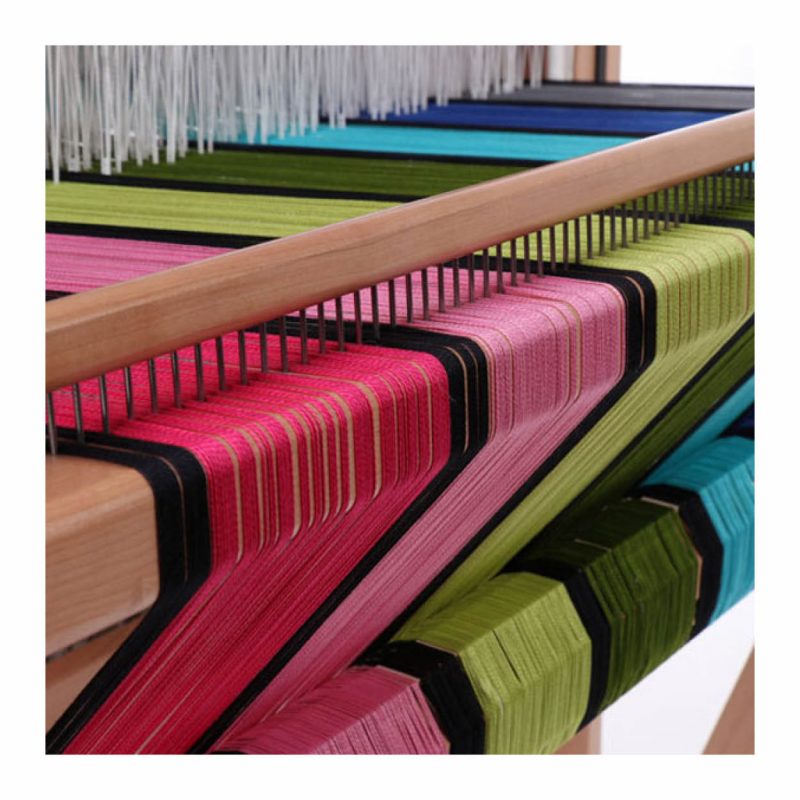
Budget plays a part, too. Hand looms and frames are the most affordable. Floor looms can get pricey, but can also open up so many more options. Remember, you’re investing in your craft, so find a balance that suits your wallet.
Think about what you want to weave, too. If you enjoy fine textiles, a table or floor loom is versatile. But if you prefer smaller, portable projects, go for a rigid heddle. And if you still aren’t sure, take a look at Ashfords Brooklyn multishift loom. It has been specifically designed to introduce weavers to multishift weaving.
Lastly, consider your future weaving ambitions. You might start small but dream big. So, pick a loom that can grow with you.
When you weigh these factors, you’ll find the weaving loom that’s the perfect fit for your needs.
Getting started with weaving: Basic techniques and materials
First, gather your materials:
- A loom
- Yarn or threads in various colours and textures,
- Additional tools like a shuttle, pick up sticks, extra reeds or heddles
Consider your skills, too. Beginners, often start with a simple handloom or rigid heddle looms. They’re easy to learn on. If you’re more experienced and crave complexity, Ashfords Jack loom might be an exciting choice.
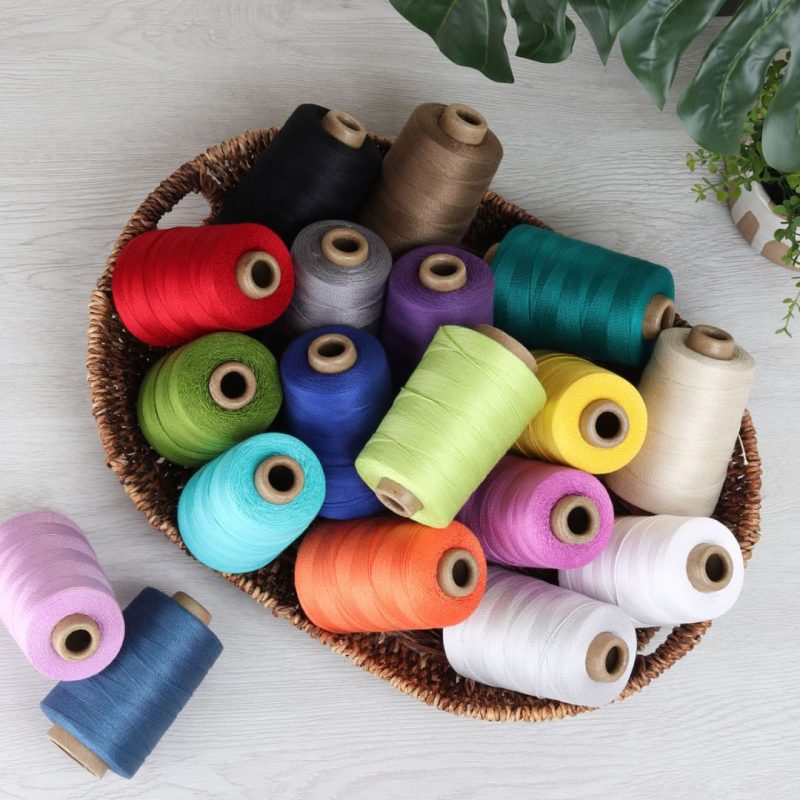
Begin with the warp threads, which run vertically on your loom. Thread them through the heddles and secure them to the front and back beams. This sets up your weaving canvas.
Now, let’s weave! The weft threads, running horizontally, go over and under the warp threads. Employ the shuttle to make this process smooth. Then, use the reed to pack them down for a snug finish.
Play with patterns by lifting different heddles on a multishift loom. Experiment with techniques like plain weave, twill, or herringbone. Mix and match colours and textures to unleash your creativity.
Remember, practice is key. Start with simple projects, and as your confidence grows, take on more intricate designs.
With these fundamentals in your toolkit, you’re all set to embark on your weaving adventure. Enjoy the process and let your imagination run wild!
Advanced weaving techniques and creative ideas
Ready to level up your weaving game? Explore advanced techniques and ignite your creative spark with these ideas!
Texture Play: Experiment with various yarn types and thicknesses. Combine smooth and textured threads to add depth and tactile appeal to your weaves.
Colour Blending: Master the art of blending colors to create gradients and intricate patterns. Try using hand-dyed yarn for a unique touch.
Leno lace or Bronson weave: Add extra dimension to your weavings by incorporating different techniques. Ashfords Book of Heddle Weaving gives you all the instruction to need to learn some new techniques to extend your weaving.
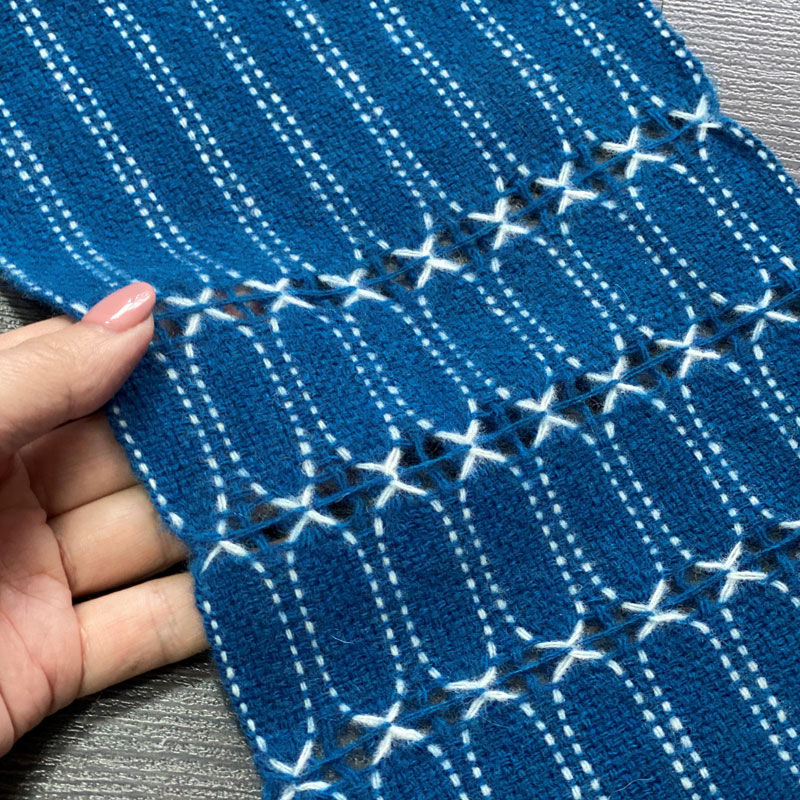
Double Weave: Go beyond the basics by learning double-weave techniques. This allows you to create reversible fabrics and intricate designs on both sides.
Tapestry Weaving: Dive into tapestry weaving, where you can create pictorial designs, tell stories, or even express your emotions through your weaving.
Mixed Media: Incorporate materials like beads, feathers, or even found objects into your weaves for a one-of-a-kind look.
Artistic Exploration: Don’t be afraid to let your imagination run wild. Weaving can be a form of self-expression, so use it to convey your feelings, thoughts, and experiences.
Remember, advanced weaving techniques take practice, so be patient with yourself. Embrace your inner artist, and you’ll create woven masterpieces that truly reflect your unique style and vision.
Troubleshooting common weaving issues
Weaving can hit a snag sometimes, but here’s how to tackle common hiccups like a pro.
Tension Troubles: If your weave’s too tight or loose, adjust your warp tension. It’s a game-changer!
Uneven Edges: To fix wonky edges, pay attention to consistent beat-downs with your comb and ensure your warp is evenly tensioned.
Broken Threads: Don’t stress about broken warp threads. Simply tie a knot and carry on. It’ll blend right in.
Weaving Mistakes: Made a mistake? No drama! Use a needle to fix it or incorporate it into your design.
Uneven Weaving: If your weave looks uneven, try switching up your weft tension or using a fork to pack it down evenly.
Warped Warp: Sometimes, your warp might get wonky. Take it off the loom, fix it up, and re-thread.
Colour Confusion: Mixing up colours? Keep a little sample of each yarn nearby to stay on track.
Remember, weaving’s all about learning and having fun. So, when issues arise, don’t sweat it. Troubleshooting is part of the journey, and each fix is a chance to improve your skills.
Resources for learning and improving your weaving skills
You’re on your weaving journey, and there are some top-notch resources to help you level up your skills.
YouTube Tutorials: Dive into a treasure trove of free weaving tutorials. Look for channels like our very own The Good Yarn YouTube videos and Ashford have a large amount also. These are perfect for step-by-step guidance.
Online Courses: Consider platforms like Skillshare or Udemy for comprehensive weaving courses taught by experts.
Books: Grab books like ” Ashford Book of Rigid Heddle Weaving” Revised – By Rowena Hart inspiration and “Ashford Book of Weaving Patterns from Four to Eight Shafts – Elsa Krogh” for more in-depth knowledge.
Local Workshops: Check if there are any weaving workshops or classes in your area. Learning in-person can be a fantastic experience.
Online Weaving Communities: Join online forums The Good Yarn online craft group is a great place to get started. where fellow weavers share tips, tricks, and their own weaving adventures. You may even meet other local weavers to catch up with in person.
Weaving Retreats: If you’re really keen, consider attending a weaving retreat or conference for immersive learning.
Remember, weaving is all about practice, so don’t be afraid to dive in and learn as you go. With these resources, you’ll be weaving like a pro in no time!
So grab a weaving loom, select your favourite materials, and embark on this captivating journey into the world of weaving. Let your hands guide the threads, and watch as a masterpiece emerges right before your eyes. Get ready to unlock your inner artist and create something truly unique with the art of weaving.
Learn to Weave Tea Towels with our great tutorial here
Read more of our weaving posts
- How Weave Structure Makes the Magic Happen
- Inkle Loom Weaving: A Timeless Craft for Modern Creatives
- The Art of Weaving
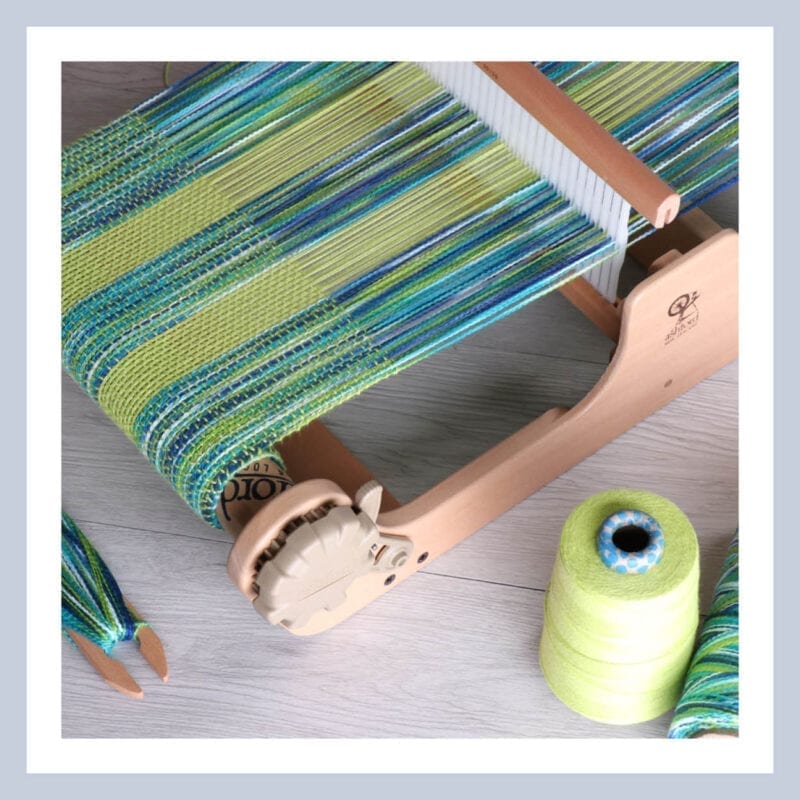
Weaving Looms
Ashford Weaving Looms
Buy Your New Weaving Loom! We Ship All Around Australia
See more of our youtube tutorials here

